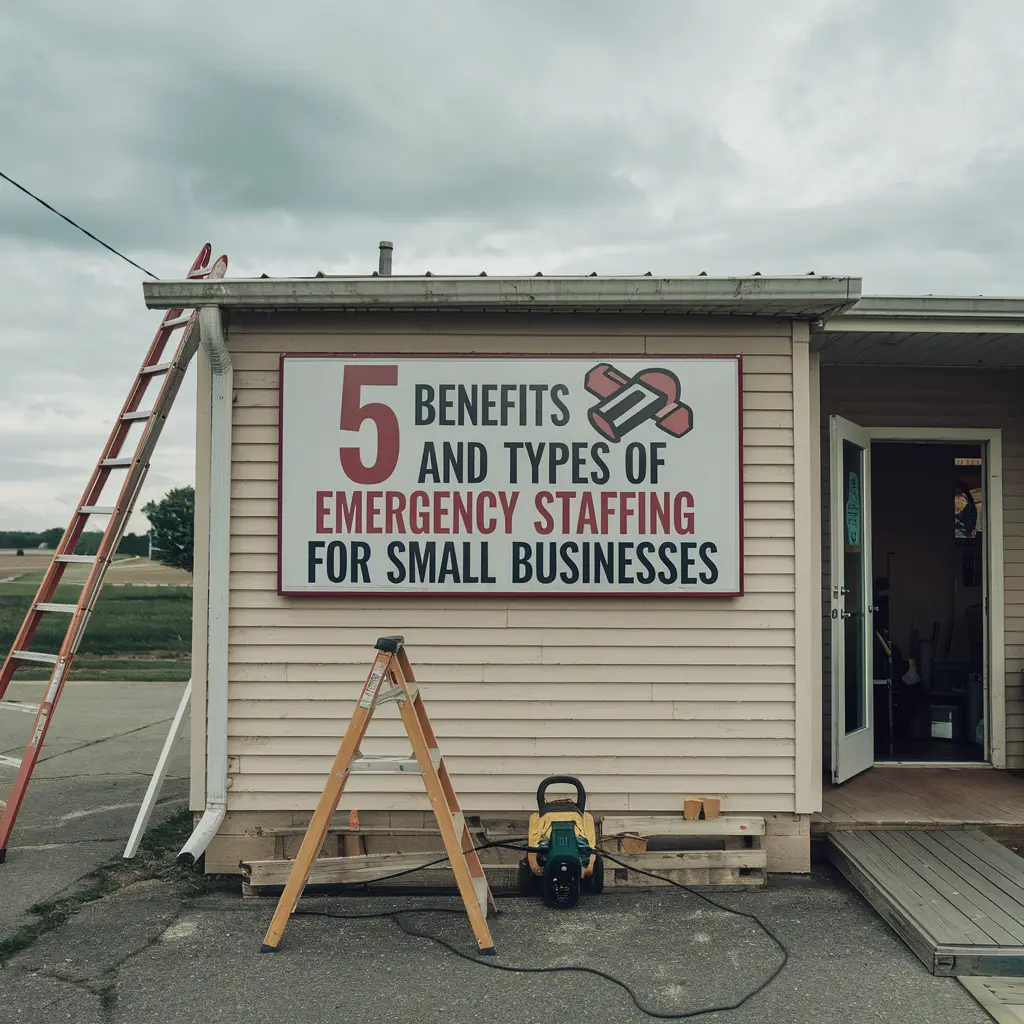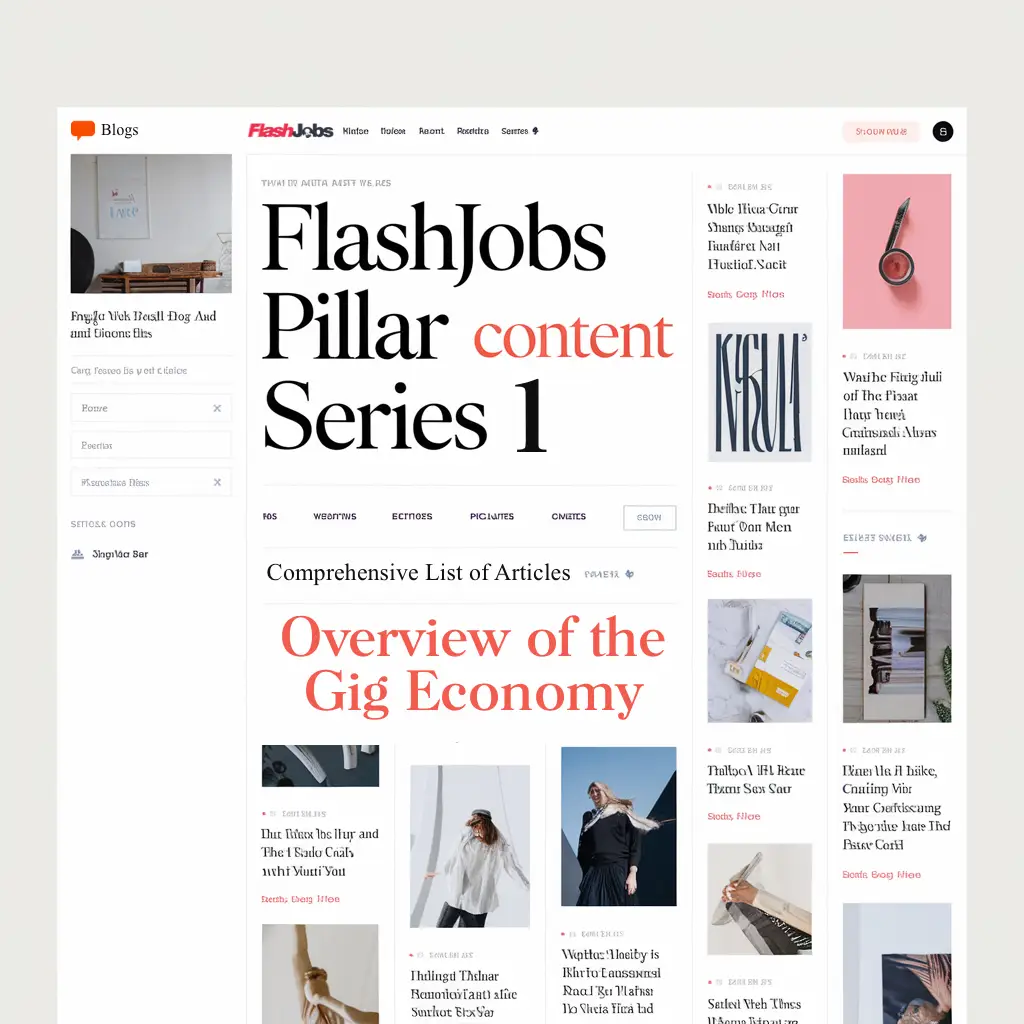Navigating the Gig Economy: Regulation vs. Free Market on Gig Work
Is the freedom of gig work worth the loss of
job security? This question is on the minds of many in today’s changing job world. I’ve looked into the lives of
freelancers, ride-share drivers, and temporary workers. I see how complex their situations are.
The
gig economy offers
flexibility and freedom, but what’s the catch? About 36% of these workers aren’t officially classified, and 62% don’t have the usual job
benefits. I’ve noticed how this new way of working challenges our old ideas about jobs.

Now, we’re at a crossroads, debating between regulation and
free market ideas. Should we protect workers or keep the
innovation in this new economy? This decision impacts not just
gig workers but also our economic future.
Key Takeaways
- 36% of gig workers are misclassified as independent contractors
- 62% of gig workers lack access to traditional employment benefits
- Gig workers face income fluctuations of about 30% month-to-month
- Only 23% of gig workers are covered by workplace safety regulations
- 78% of gig workers support portable benefits
- By 2027, there will be an estimated 86.5 million freelancers globally
The Gig Economy: An Overview
The
gig economy has changed how we work, creating a new kind of worker. In 2023, 64 million Americans, or 38% of the U.S.
workforce, joined this new economy. They added $1.27 trillion to the economy, showing how big their impact is.
Gig work gives people
flexibility and many choices. Workers can set their own hours, work from anywhere, and even start their own businesses. For companies, hiring gig workers saves money. Full-time employees cost about 1.25 to 1.4 times their salary, but gig workers are cheaper.
The COVID-19 pandemic made the
gig economy grow even faster. Many people started working on platforms like Uber and Grubhub for extra money. The most popular gigs were delivery, driving, office tasks, and personal training.
“The gig economy provided a lifeline for many during uncertain times, offering quick income and diverse opportunities.”
But, the gig economy has its downsides. A 2022 study found that gig workers often feel worse about their mental health and happiness than regular employees. They also feel more lonely and unsure about their money.
We need to find a way to fix these problems while maintaining the benefits of the gig economy. The way we work in the future might depend on it.
Keypoints Regulatory Approach
- Protecting individuals, minorities and the weak.
- It aims to provide more protections and benefits for gig workers, like minimum wage, overtime pay, health insurance, etc.
- Seeks to clarify the employment status of gig workers (employee vs contractor).
- Attempts to prevent misclassification of workers to avoid providing benefits.
- Tries to ensure fair labour practices and working conditions.
Arguments for Regulation On Gig Work
Adapting
labour laws for the gig economy is key
to worker safety and basic rights such as minimum wage or benefits. When asked, most gig workers treat these as secondary, and it is only when bad events occur that they see the importance of safety and other basic rights. The start of regulation is the definition of a gig worker. By clearly defining who is a gig worker or an employee, we can ensure everyone is treated fairly. However, no one seems to agree with the definition of a gig worker.
Portable benefits could give gig workers the coverage they need. This means benefits move with the worker from one job to another, helping with the special challenges of gig work. Giving workers the right to bargain together also helps them get better deals.
Technology can help make gig work more stable. By using data, platforms can help workers manage their money better. This way, workers can have the freedom of gig work and still feel secure about their money.
| Regulation Aspect |
Potential Impact |
| Clarified worker classification |
Improved access to labor rights |
| Portable benefits |
Consistent coverage across gigs |
| Collective bargaining support |
Enhanced negotiation power |
| Tech-driven income solutions |
Greater financial stability |
Looking at
labour laws for the gig economy is a big job. It’s about finding a balance between worker rights and the reasons people like gig work. I believe smart rules can protect workers and keep the gig economy’s creative spirit alive.
For us at FlashJobs, the classification and definition of gig workers are the most important aspects of regulation. Each country has its classification and definition of a gig worker.
We want to borrow the work of Nikos Koutsimpogiorgos, Jaap van Slageren, Andrea M. Herrmann, and Koen Frenken in their article Conceptualizing the Gig Economy Along Four Dimensions in Classifying and Defining a Gig Worker. As shown in the graphic below, defining what a gig worker has to take along the four dimensions or contexts:
- Employee vs Independent Contractor,
- Unpaid vs Paid,
- Offline intermediation vs Online intermediation and
- Services vs Goods.
 Image above: Four Characteristics of Gig Economy, in Narrow and Broader Senses taken from Conceptualizing the Gig Economy Along Four Dimensions
Image above: Four Characteristics of Gig Economy, in Narrow and Broader Senses taken from Conceptualizing the Gig Economy Along Four Dimensions
Free market approach
- It allows gig workers to be flexible and independent, setting their own schedules and taking on work as they choose.
- Provides cost savings for companies by not having to provide benefits like health insurance or paid time off.
- Enables a wider range of job opportunities and side hustles for workers.
- Allows for more dynamic matching of workers to available jobs/gigs.
Arguments Against Regulation
The gig economy is all about
flexibility and
innovation. Innovation has brought many benefits to society and, eventually, all workers. Too much regulation could stop these things from happening, hurting both workers and businesses.
From 2012 to 2015, more people started using labor platforms every month. By 2013 and 2014, the growth was huge, 300-400% each year.
Being your own boss in the gig economy lets people adapt to the market easily. By September 2015, 4.2% of U.S. adults were working on these platforms. Too much regulation could stop this growth and limit people’s freedom.
There’s a big debate about who should be considered an employee or an
independent contractor. The National Labor Relations Act protects employees but not contractors. The PRO Act wants to help workers more, but it might also limit their choices.
The “ABC” test could change how companies see their workers. It might make some workers officially employees, which could lead to fewer jobs.
“Regulation in the gig economy is a double-edged sword. While it aims to protect workers, it risks stifling the very innovation and flexibility that make this sector attractive.”
Keeping it easy for new people to join is key to the gig economy’s success. Letting the market set wages and conditions can lead to more innovation and jobs.
Ongoing Debate
The debate over the gig economy covers many topics, including
labor rights and economic policies. Progressives want stronger protections for workers. Conservatives prefer less government involvement. Moderates try to find a middle ground.
Many groups are involved in this discussion. This includes labor unions, tech companies, and gig workers. There are different ideas, like making gig workers full employees or giving them some benefits.
Political parties are making their positions clear on these issues.
Groups supporting workers push for more protection. They point out problems like:
- Misclassification
- Lack of benefits
- No career progression
- High worker overhead
In California, Proposition 22 caused a big stir. Gig companies spent over $200 million on the campaign. This shows how important these regulations are.
Some experts suggest new ideas. They talk about Public Official E-Markets (POEMs). These could be public markets for gig work. This idea tries to help workers and the public, finding a balance in the debate.
“The gig economy debate is reshaping our understanding of work. We must find solutions that protect workers while preserving innovation.”
Ongoing Debate Along Political Spectrum
I want to add current political perspectives and philosophies to this article so that readers know the type of government and authorities they have to work with regarding regulating the gig economy.
1. Libertarianism: This political philosophy favours a free market approach with minimal government intervention. Libertarians often argue that gig work provides flexibility and opportunities for workers and that excessive regulation would stifle innovation and economic growth.
2. Neoliberalism: Tends to support deregulation and free market policies. Neoliberals may view the gig economy as a natural evolution of the labor market and argue against heavy-handed regulation.
3. Social Democracy: Typically advocates for stronger worker protections and regulation of the gig economy. Social democrats often argue that gig workers need better benefits, job security, and labor rights.
4. Democratic Socialism: This movement generally advocates more extensive regulation and worker ownership in the gig economy. Some democratic socialists propose alternatives, such as platform cooperatives owned by workers.
5. Progressivism: Often supports increased regulation of the gig economy to protect workers’ rights and ensure fair treatment. Progressives may advocate for policies like minimum wage guarantees and benefits for gig workers.
6. Conservatism: Views on the gig economy can vary, but some conservatives support free market approaches while others advocate for some regulation to protect traditional employment models.
7. Green politics: Often emphasizes the need for sustainable and ethical practices in the gig economy, potentially supporting regulations that address environmental and social concerns.
8. Republicanism: This political thought focuses on freedom as non-domination. It criticizes the gig economy’s claims of worker freedom, arguing that they may actually increase vulnerability to corporate control. It advocates for stronger worker protections and rights to prevent arbitrary power dynamics while still maintaining some aspects of the flexible work model.
Key Challenges in Navigating the Gig Economy: Regulation vs Free Market on Gig Work
The gig economy is booming, with 55 million Americans working in it by 2017. This trend is changing how we work. But, gig workers face challenges that regular employees don’t.
One big issue is
income volatility. Gig workers don’t get steady pay. This makes planning their finances hard. They also worry about
job security. With short-term contracts, they must always be looking for work, which is stressful. However, there are some who are against fixing income or regulating income to a specific amount to avoid volatility.
Workplace safety is another concern. Without the usual protections, gig workers might face risks. They also struggle with
social protection. Many don’t have health insurance or retirement plans.
Keeping up with skills is key in the gig world. Gig workers need to always learn new things to stay ahead. This can be both exciting and tough.
| Challenge |
Impact |
Potential Solution |
| Income volatility |
Difficult financial planning |
Income smoothing tools |
| Job security |
Stress and uncertainty |
Long-term contract options |
| Workplace safety |
Increased risk of injury |
Industry-specific safety guidelines |
| Social protection |
Lack of benefits |
Portable benefits programs |
| Skill development |
Continuous learning pressure |
Subsidized training programs |
The gig economy brings many challenges. As it grows, solving these issues is key. We need to make sure it’s fair and sustainable for everyone.
How Regulations Can Affect Small Businesses
Regulations can really shake up the startup world. Small businesses in the gig economy face higher costs when new rules come out. They must adjust their hiring and business plans.
Did you know? Over 70% of gig workers choose this path for their own reasons. And more than two-thirds are happy with their jobs. But, small business owners struggle to find skilled workers and deal with high costs from taxes and rules.
Take California’s AB5 law as an example. It makes gig economy firms treat independent contractors as employees. This change can greatly affect a company’s profits and competitive edge.
“The gig economy is expected to more than double to $455 billion between 2018 and 2023.”
This growth brings both chances and challenges. Small businesses must navigate a complex set of rules to stay competitive. Some might find it easier, while others could face more administrative work.
In this changing world, it’s key for small businesses to keep up and be flexible. The future of work is evolving, and rules will shape the gig economy and its effects on small businesses.
The Future of Gig Work: Striking a Balance
The future of gig work looks like a balancing act. The gig economy has changed how we work fast. It gives us flexibility and freedom but also brings a host of other issues that can make gig workers worse off.
This article has highlighted the argument for and against regulation and the free market. Both sides have raised issues, and more issues will emerge over time. Both sides have strong points of argument, and they are valid.
Hybrid work models will be more complex.
Hybrid work models are coming together, mixing old jobs with gig work. This mix aims to give workers stability while maintaining flexibility. It’s a way to meet workers’ needs for a good work-life balance and companies’ needs for flexible skills.
As a country’s gig economy grows, so do the challenges. More jobs are available across borders, but so are issues like taxes and worker rights. To fix these problems, new safety nets for gig workers are being created.
“40% of gig workers are optimistic about the growth of their roles within the economy.”
Looking forward, we can expect:
- More protections for gig workers
- Blockchain technology in gig platforms
- More specialized gig markets
- More teamwork between gig workers and traditional companies
For a lasting gig economy, we need to balance flexibility, and yet we cannot ignore that regulation does play its role. Hence, it’s a striking balance between encouraging innovation through flexibility with minimum regulation.
This striking balance requires the awareness of all stakeholders. For example, gig workers should be aware of work safety, minimum wage, and other benefits comparable to full-time work.
Technology is also helping. AI, more information, and automation are improving gig platforms, opening up new opportunities in a world where skills matter most.
Finding the right balance between protecting workers and keeping the economy free is a big challenge. It is the role of all stakeholders to ensure everyone benefits and prospers. This means working together between policymakers, businesses, and workers to find fair and new solutions.
Conclusion
I’ve looked into the gig economy and found we’re at a turning point. Freelance work is growing fast, at 15% a year, and will hit 86.5 million by 2027. This shows we can’t overlook this trend anymore.
The gig economy brings flexibility and freedom, with 49% of workers liking the chance to set their own hours. But, there are still big challenges. Only 15% of gig workers get benefits from employers, showing we need new rules and support for workers.
We need new policies that help workers and boost the economy. It’s important to work together with all stakeholders to make the gig economy fair for everyone. With the right approach, we can make sure the gig economy is good for workers and businesses alike.
Source Links
 Now, we’re at a crossroads, debating between regulation and free market ideas. Should we protect workers or keep the innovation in this new economy? This decision impacts not just gig workers but also our economic future.
Now, we’re at a crossroads, debating between regulation and free market ideas. Should we protect workers or keep the innovation in this new economy? This decision impacts not just gig workers but also our economic future.





